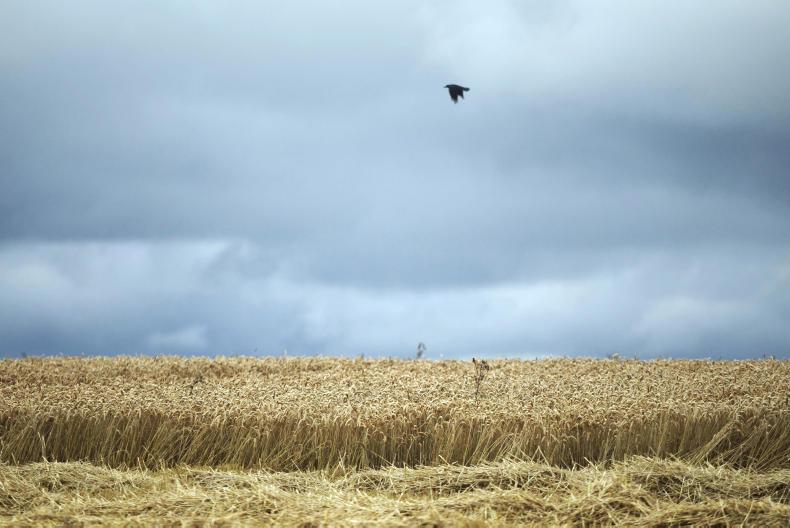The Department for Environment, Food & Rural Affairs (DEFRA), the UK government department responsible for safeguarding the food and farming industry, has confirmed it will let some free-range birds in low-risk areas after its own crunch date for free-range producers on 28 February.
DEFRA said the overall housing regulations to protect against the threat of bird flu will remain in place after 28 February. This date will mark the end of the 12-week period during which housed birds can still be marketed as free-range. However, it is also going ahead with its plan to let birds outside in low-risk bird flu areas after this date in a bid to protect the country’s free-range industry.
Low-risk
If farmers are in a low-risk area they will be able to allow birds outdoors into fenced areas, provided the areas meet certain conditions including making the area unattractive to wild birds, reducing contamination by cleansing and disinfecting concrete areas and assessing the risk of birds coming into contact with wild birds or contamination from them.
High risk
If farmers are in a high-risk area they will continue to be required to either keep birds housed or allow birds outdoors, but only into a fenced run which is fully covered by netting.
Since the current bird flu epidemic began in Europe at the end of October, UK authorities have detected cases of wild birds in both wild birds and poultry.
Northern Ireland
Meanwhile, fears are growing in NI that free-range egg producers could take a financial hit if housing restrictions due to the bird flu risk remain in place.
For free-range producers in NI, the 12-week housing period expires on 16 March, the same date when the current prevention zone in Republic of Ireland expires.
On enquiry, a DAERA spokesperson said that the Department is continuing to review both the prevention zone and the housing requirements.
Read more
Labelling fears for Irish free-range producers as crunch date draws closer
Full coverage: bird flu
The Department for Environment, Food & Rural Affairs (DEFRA), the UK government department responsible for safeguarding the food and farming industry, has confirmed it will let some free-range birds in low-risk areas after its own crunch date for free-range producers on 28 February.
DEFRA said the overall housing regulations to protect against the threat of bird flu will remain in place after 28 February. This date will mark the end of the 12-week period during which housed birds can still be marketed as free-range. However, it is also going ahead with its plan to let birds outside in low-risk bird flu areas after this date in a bid to protect the country’s free-range industry.
Low-risk
If farmers are in a low-risk area they will be able to allow birds outdoors into fenced areas, provided the areas meet certain conditions including making the area unattractive to wild birds, reducing contamination by cleansing and disinfecting concrete areas and assessing the risk of birds coming into contact with wild birds or contamination from them.
High risk
If farmers are in a high-risk area they will continue to be required to either keep birds housed or allow birds outdoors, but only into a fenced run which is fully covered by netting.
Since the current bird flu epidemic began in Europe at the end of October, UK authorities have detected cases of wild birds in both wild birds and poultry.
Northern Ireland
Meanwhile, fears are growing in NI that free-range egg producers could take a financial hit if housing restrictions due to the bird flu risk remain in place.
For free-range producers in NI, the 12-week housing period expires on 16 March, the same date when the current prevention zone in Republic of Ireland expires.
On enquiry, a DAERA spokesperson said that the Department is continuing to review both the prevention zone and the housing requirements.
Read more
Labelling fears for Irish free-range producers as crunch date draws closer
Full coverage: bird flu






 This is a subscriber-only article
This is a subscriber-only article











SHARING OPTIONS: